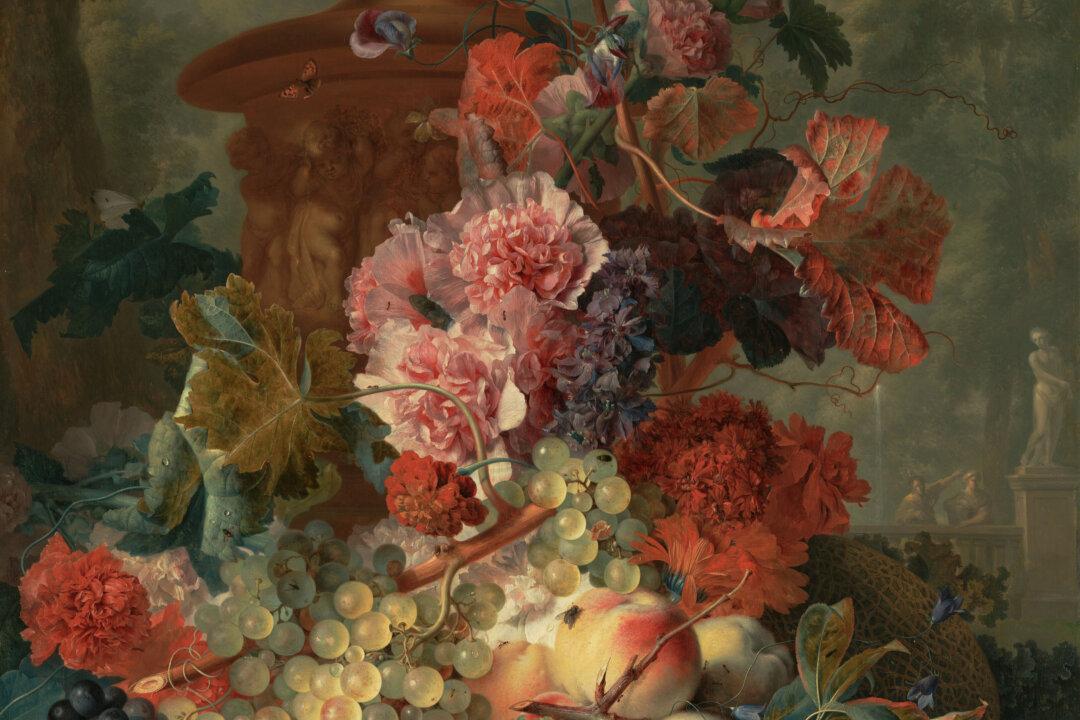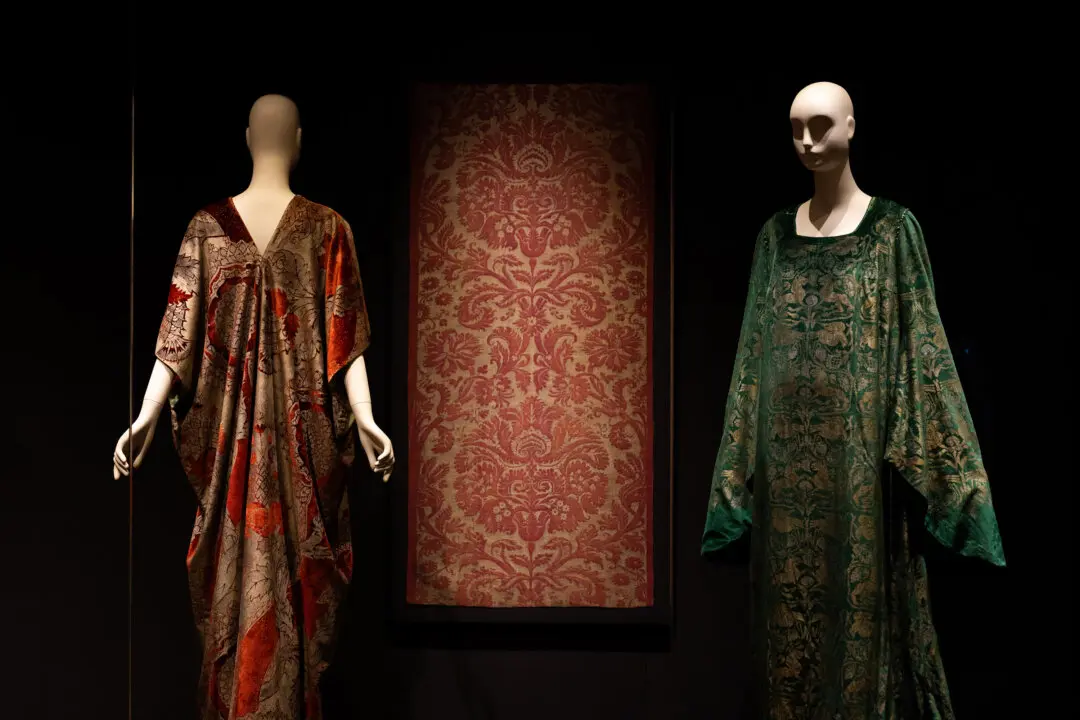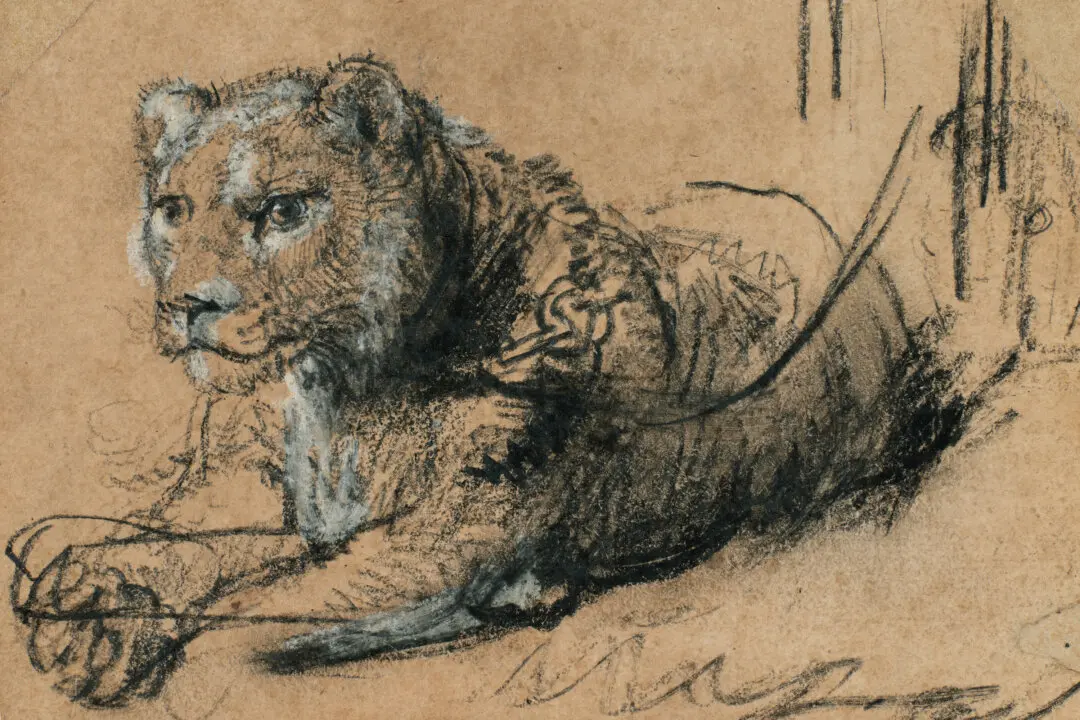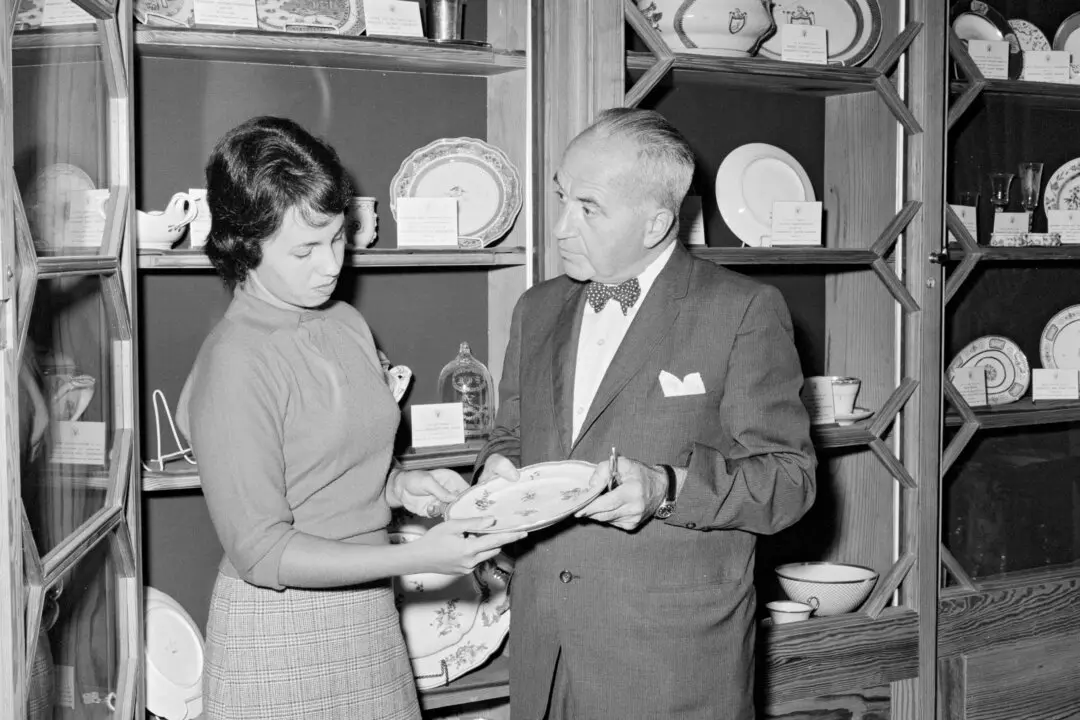The infamously secretive and reclusive artist Jan van Huysum (1682–1749) is considered the 18th century’s greatest Dutch still-life flower painter. His work is revered for its imaginativeness, opulence, rich color, subtle textures, and highly detailed realism.
Key to these achievements was van Huysum’s guarded, painstaking technique of applying layers of thin oil glazes to canvas. His contemporaries never discovered this method, although many tried to imitate him.





